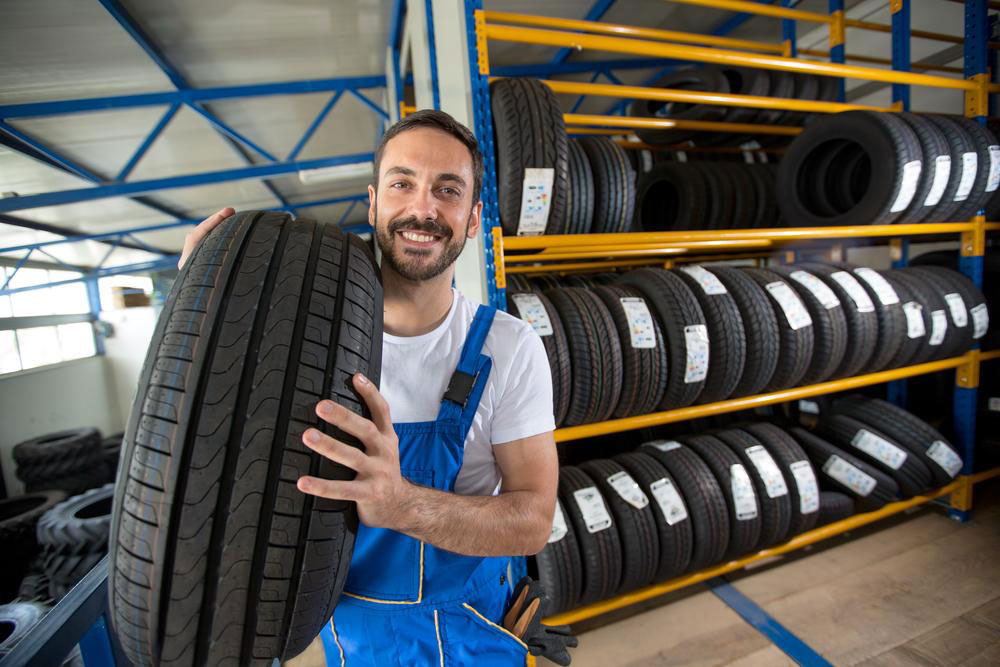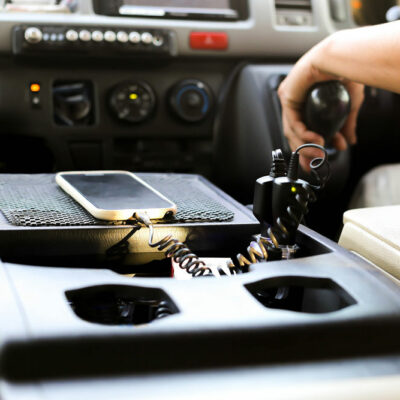
Tips for the safety of car tires
A person purchases a car is either for utility purposes or just for fun. However, before driving off, you should ensure that your car is in good condition. A major part of car maintenance is the safety of the car tires. Hence, it is advised to check your car tires regularly. Maintaining the safety of car tires not only protects you from any dangers but also increases the longevity of your car along with reducing costs. Here are a few tips for car tire safety that you should follow:
1. Choose your tires carefully
Many drivers purchase tires by checking the price or appearance. The most important consideration while selecting tires should be a size suitable for the car. When buying tires, it is better to consult with an experienced dealer or a mechanic. It is also recommended to pay attention to your driving patterns while buying a tire.
2. Buy and keep a tire gauge in your car at all times
A tire gauge is an instrument used to measure the air pressure in the car’s tires. Air pressure is most likely the most essential part of car tire safety. Doing regular checks of your tire’s air pressure with a tire gauge will tell you whether your car tire is overinflated or underinflated. Good quality tire gauges are available at most supply stores.
3. Check your tire pressure before a long trip
When it comes to car tire safety, there is hardly any greater obstacle than under-inflation. It can lead to major tire damage that might cause tire failure. On the other hand, over-inflation can lead to uneven wearing along with problems with car handling. Hence, you should always fill enough air in your tires that match the air pressure recommended by the manufacturer. This figure is provided on your vehicle’s door jamb sticker or in the owner’s manual. Furthermore, you should always check tire pressure when they feel cold to the touch.
4. Drive slow during wet weather
As you reduce the car’s speed, the tire footprint increases. Tire footprint is the portion of the tread of the tire that is in contact with the surface of the road. This gives the tire higher traction on the road. Going slow during such weather also decreases the risk of hydroplaning if you drive into a puddle of water on the road.
5. Rotate tires after every 6,000 miles
If you notice uneven wear on your tires, get a car tire safety check. Firstly, visit a car service professional and ask them to check for imbalance, misalignment, or any other mechanical issue before rotating your tires. Rotating your tires means changing each tire’s position on the car after the car has traveled 6,000 miles.
6. Check your vehicle alignment from time to time
This should be done if you feel the vehicle is pulling to a particular side. It could indicate an issue with the tires that need urgent attention.
The above-mentioned tips for car tire safety will help you maintain the car for the long run.


